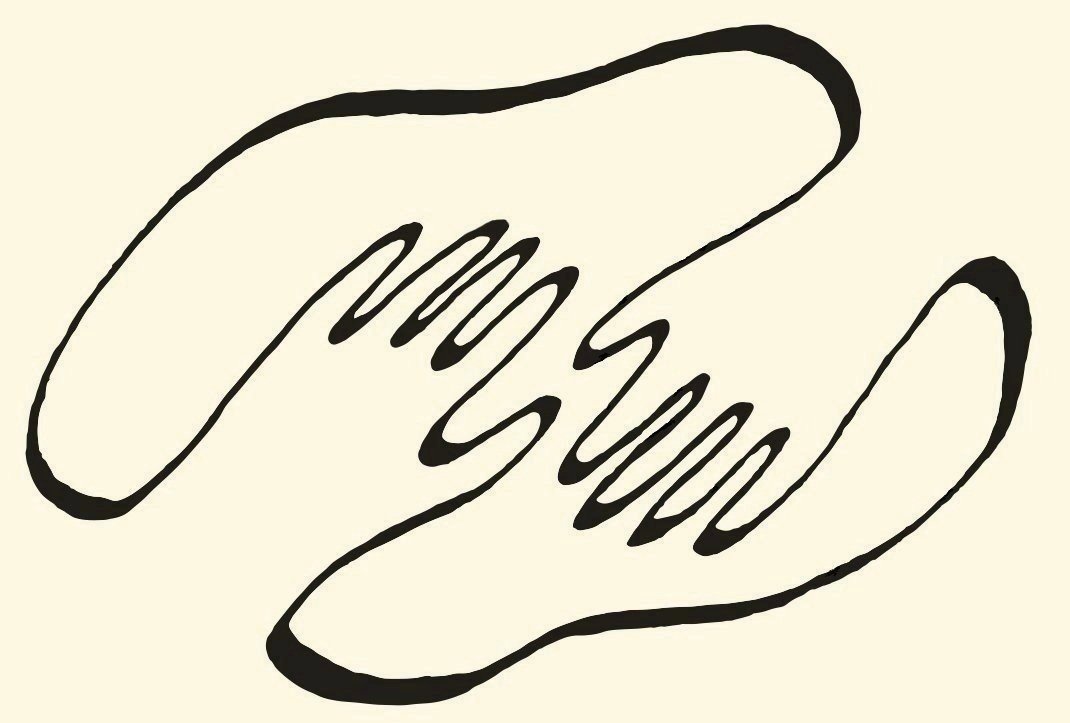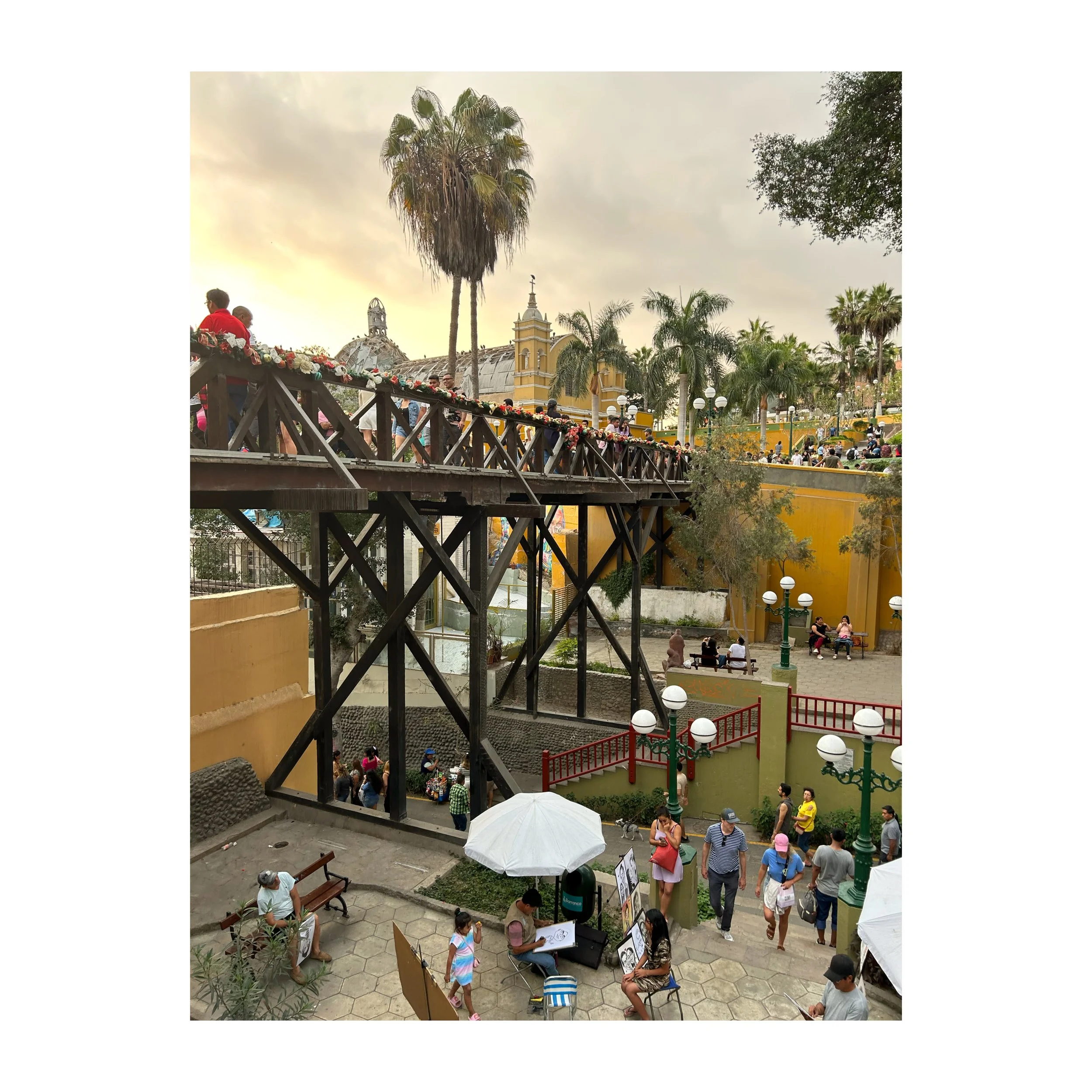let these guides be just a starting point…follow your senses and try a little bit of everything…be kind, remembering you are but a visitor here
Lima
A city simply abounding with food, a gastronomic capital in a continent whose food is often overlooked, a hazy seaside capital where you could spend a week just to eat. Peruvian food might be the most famous and varied of South American cuisines, and Lima is where to find a bit of everything, from the Japanese Peruvian Nikkei cuisine to Venezuelan arepas and cachapas to your everyday Peruvian classics like Lomo Soltado and Anticuchos. I’m astounded by the quality and the array of food here with every visit.
Lima is a massive city, but for the most part tourists will stay in one of two neighborhoods on the southern coastline, Miraflores or Barranco. Take your pick: Miraflores is more built up, posh and pleasant and filled with nice restaurants, nice parks, nice buildings, nice everything. Barranco, the old Bohemian neighborhood, has a bit more character for me, with older buildings set along the coastal cliffs, street art in abundance, and restaurants spanning from various Chifas (Chinese Peruvian food) to fine dining darlings like Central.
————
Local Guides & Tours:
food tours in Lima and beyond, which connect you with local experts: https://www.exquisitoperu.com/
for tours outside of the city, and along the way to other parts of Peru, I’ve heard people rave about this group: https://www.peruhop.com/
————
Merito: This is the reason I returned to Lima a second time. To eat here. I spent just three days in Lima in spring 2022, didn’t go here despite wanting to, and it haunted me enough in the two years to follow that I made a return voyage this year amidst other South American travels. For the genre of restaurant it is–inventive, upscale a la carte–it’s maybe my ideal restaurant. That’s probably because it is fully self-assured without being pretentious; a young, thoughtful staff that knows their stuff (try some of the sweet wines with dessert!); no need to get super dressed up unless you want to; plates that are highly precise yet approachable all the same (the fish curry nearly brought my friend to tears). I suppose by now you’ll want to know what kind of food they cook. Fair. Venezuelan! Or, rather, something between Venezuelan and Peruvian. You can read some thoughts by the two Venezuelan chefs on their food, their restaurant, and just as importantly, the racism they and other immigrants from their country often face in Lima here: https://www.saveur.com/culture/peru-new-fusion-cuisine-venezuela/
Demo: Merito’s pastry spot, featuring a range of delectable goods from guava & cheese croissants, to some fun takes on classic Peruvian sandwiches, to salty-sweet Venezuelan Cachapas (corn pancakes filled with cheese). If you’re in Miraflores or San Isidro and need a great bakery, look into Pan de la Chola
Central/Kjolle/Maido: These all deserve their own entry, but I’ve never eaten at any. Central and Kjolle are part of the same group, and have been at the forefront of exploring Peruvian cuisine for years. I’ve been dying to eat at Central for years, but haven’t found a reservation when I’ve been in the country. Kjolle is newer and has a bit more availability, from what I can tell. Maido, in Miraflores, celebrates Japanese influence in Peru through its highly creative and delicate Nikkei cuisine.
Arepa Cafe: I’m including this one in part for my own amusement, because of how antithetical it is to the three tasting menu spots listed above. Sometimes you just need a neighborhood cafe when you’re traveling that you can frequent again and again to satisfy your hunger and save some money. This spot in Barranco is that for me. It’s nothing precious–just really good handmade arepas filled with a wide variety of things. I practically worked my way through the menu over the course of my last trip to Lima. Another testament to Venezuela’s stamp on the food of Peru.
Al Toke Pez: I sought this place out a few years back after seeing it on Netflix’s Street Food episodes on Latin America. The son of a very well known Japanese chef in Lima, Tomás “Toshi” Matsufuji opened up this place precisely to get away from the fine dining world he grew up in. Here he and his team cook what is essentially Japanese inspired Peruvian streetfood in what looks like a tiny diner. Take a seat at the counter and order a wide variety of classics, like ceviche, fried calamari, and fried rice.
Ceviche: Limeños love Ceviche as much or more than anyone, and their version is my personal favorite. Big crunchy dried (fried? toasted? popped?) corn, a little bit of sweet potato, slivers of red onion, and delectable, can’t-get-enough-of-it leche de tigre. Maybe some fried strips of plantain on the side, depending on the place. Crowds assemble at lunchtime for this midday staple, especially on the weekends. It’s hard to go wrong, as long as the fish is fresh. Look into these options: Huarique de los Cuchitos, in the far south of the city, recommended to me highly by a hostel owner. Barra Chalaca, a buzzy spot in San Isidro. Canta Rana, an old school establishment in Barranco.
Isolina: If you want a menu that’s something of a who’s who of traditional Peruvian food in Barranco, Isolina is your spot. Here, they serve up big, shareable portions of classics like Aji de Gallina, Patita de Mani, Causa, and more. There’s lots of offal on the menu, but also some more straightforward plates for queasier palates.
Juanito: People watching heaven. This ollllld school bar in Barranco just serves remarkable pork sandwiches, pisco sours and other pisco drinks, and a few bar snacks like pickled pigs feet and olives. Someone is usually playing music, there’s this odd maritime green hue to the whole place, and locals carrying on hearty conversations late into the night. Pull up a chair, sit back, and take it all in.
Shizen: One of the trendiest spots in Lima right now, tucked away in wealthy San Isidro, Shizen is one of your best bets to see what’s happening on the cutting edge of Nikkei cuisine. Lots of sushi and sashimi sit alongside japanese inspired ceviches, tiraditos, and peruvian inspired ramens. I’m still thinking about the Ceviche Yatai–how did the sauce have that much depth, both pungent and creamy all at once?
Gran Chifa Yion/Madam Tusan: Chinese influence on Peruvian food is also a staple of Lima, visible in its Chifa restaurants all across the city. Gran Chifa Yion, in Barranco, is perhaps the most famous, offering a wide array of fried rice, soups, noodles, and more. Peruvian chef and icon Gaston Acurio opened up his own spot called Madam Tusan, which is significantly more modern and incorporates Peruvian flavors into something of a dim sum experience.

